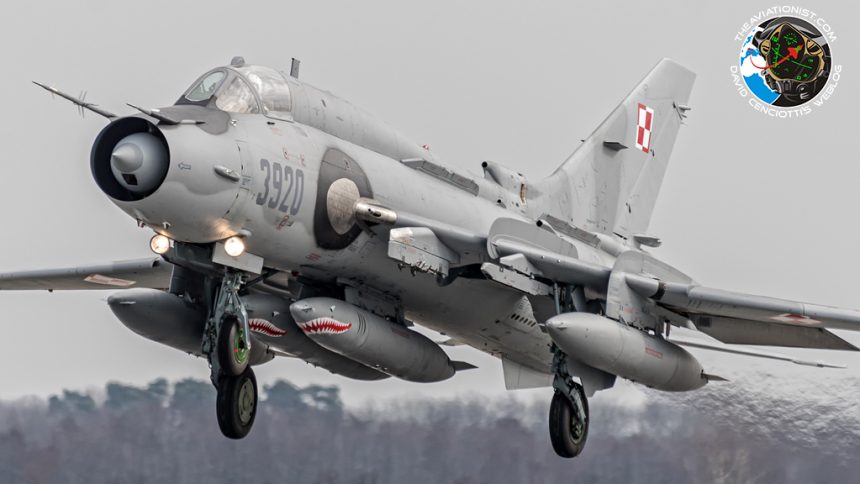We attended a tactical exercise of the Polish Air Force involving all fast jet types that remain in the service. F-16s and MiG-29s were tasked with providing fighter escort for the Su-22 attack aircraft.
On Mar. 13 we visited Poznan-Krzesiny airbase where Polish Air Force fast jets were taking part in a tactical exercise. As Polska Zbrojna reports, the operation involved both 1st and 2nd Tactical Aviation Wings of the Polish Air Force.
Noteworthy, what’s unique about the operation in question, is the fact that the said exercise involved the Su-22s and MiG-29s operating from the Poznan-Krzesiny airbase. Usually such operations see the pilots operating from their homebase which made it possible to integrate the planning and briefing processes, which could be considered a simulated deployment of all assets to some undefined operational theatre.
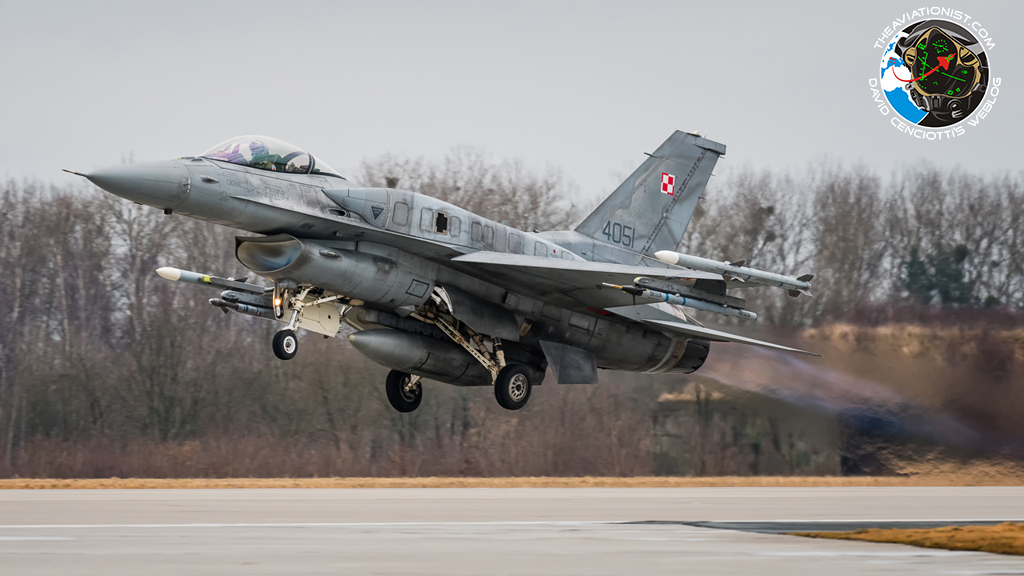
Not only did the operation cover fighter-escort capabilities, as the pilots also conducted CAS operations and scenarios, attacking the simulated targets around the Polish military ranges. The ground attack portion involved the Fitters, with Fulcrums and Vipers acting as the escort. Some of the jets simulated the adversary, in an aggressor role. Notably, the Fitters, to prolong their playtime probably, were carrying 4 external fuel tanks each.
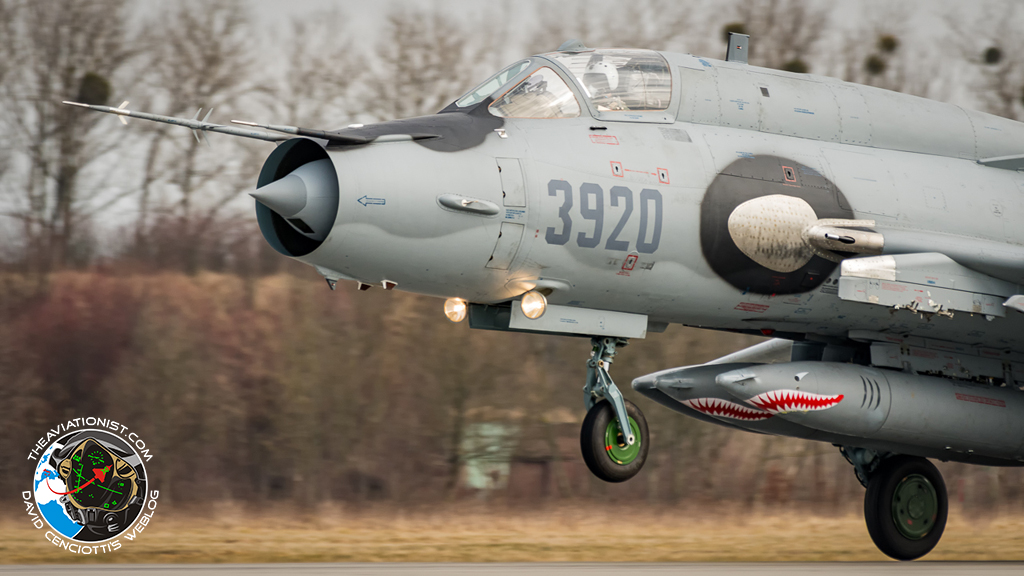
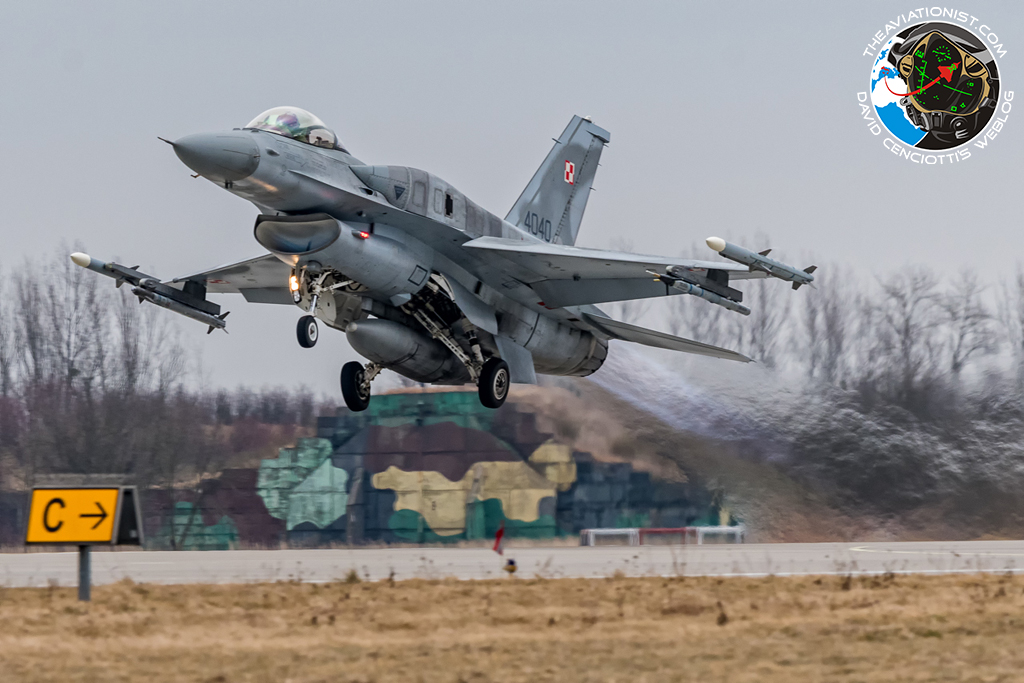

Meanwhile, Vipers were taking off in waves, 4 aircraft per each wave.
Polska Zbrojna outlet notes that the operation is a part of preparation before the NATO Tiger Meet exercise planned to happen in May. The Aviationist is planning to attend this annual meeting of the NATO Tiger squadrons, and provide you with a report from the operation.
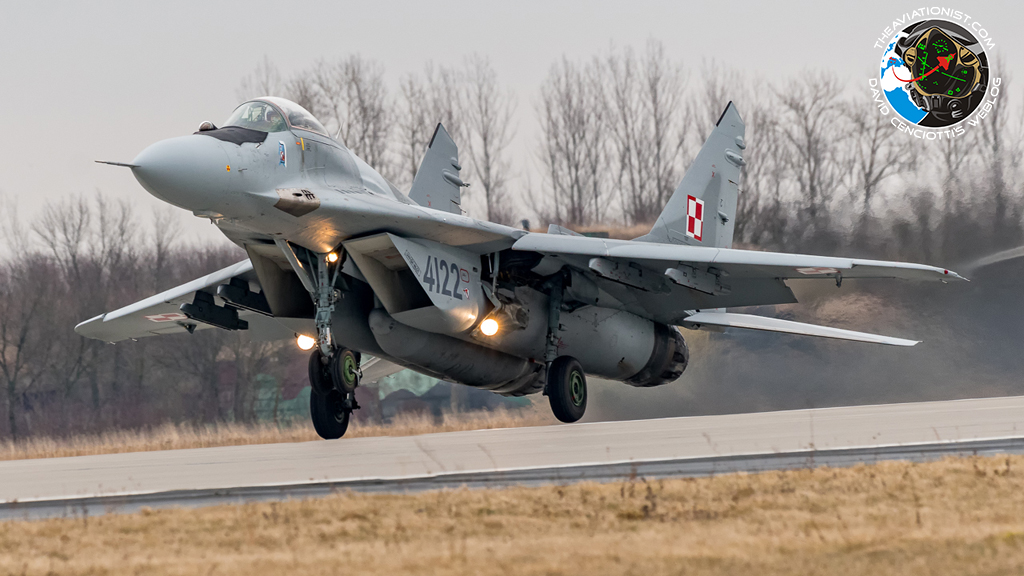


All Images: Jacek Siminski
Many thanks go to Bartosz Torbicki and Sebastian Walczak, for taking care of logistics and formalities related to the visit at the base.

